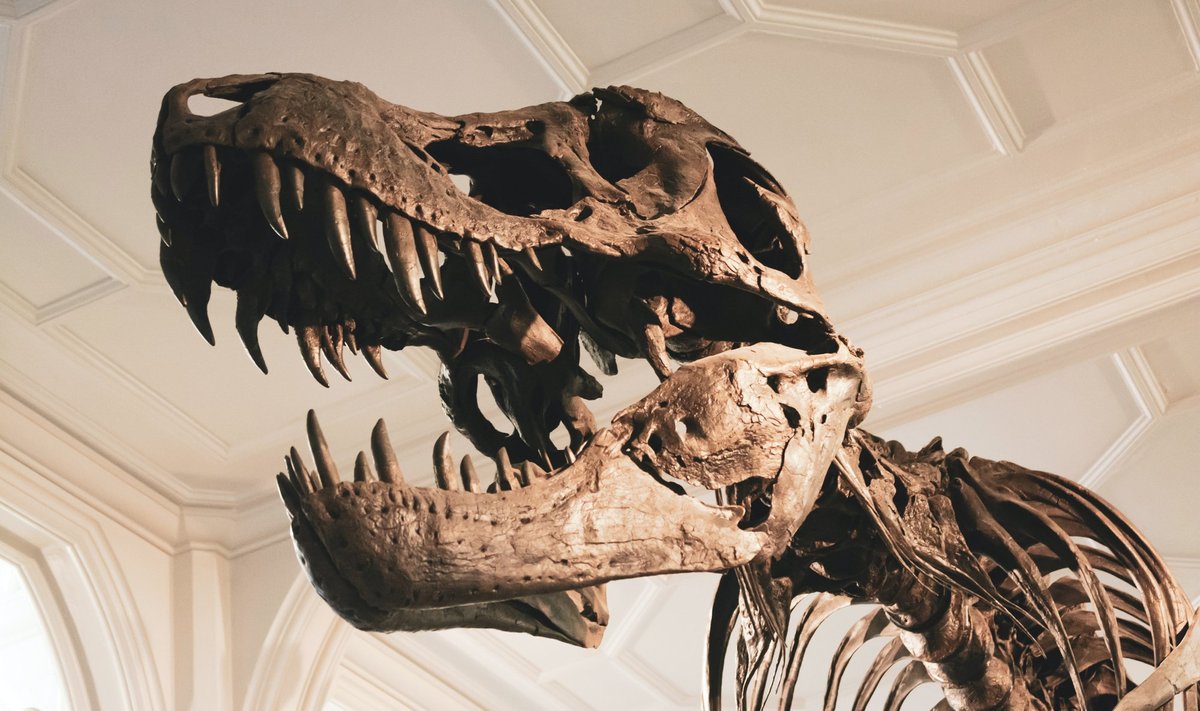Fossilized remains of a new, previously unknown species of armored dinosaurs have been found on the Isle of Wight in the English Channel.
The last time the remains of an unknown giant pangolin were found on the island was in 1865. The newly discovered species belongs to the same family of armored ankylosaurs.
In life, the giant reptile, named Vectipelta barrette by scientists, looked pretty intimidating. In addition to the armor covering the body, the neck, and shoulders of the dinosaur were covered with long spikes that stretched on both sides to about the middle of the tail.
However, all this impressive ammunition was used not for attack, but just for protection from predators: the diet of the dinosaur itself was exclusively vegetarian.
The age of the soil layer in which the fossils were found ranges from 66 to 145 million years.
Vectipelta barrette got its name in honor of Professor Paul Barrett, who has been working at the Natural History Museum in London for the past 20 years.
Professor Barret himself said that he was flattered by such attention to his person and he was very flattered to declare himself to the world in this way, joking that “any external resemblance [to a dinosaur] is accidental.”
Although the new dinosaur bears some resemblance to another dinosaur fossil (Polacanthus foxii) previously discovered on the island, scientists do not consider the two ankylosaur species to be close relatives.
They have a significantly different structures of the spine (especially the cervical region) and pelvic bones. In addition, the newly discovered species had significantly more spiked armor.
The new species has much more in common with the ankylosaurs found in China. This suggests that during the early Cretaceous, these animals moved freely from Europe to Asia and back.
According to another employee of the London Natural History Museum, Stuart Pond, the find sheds light on the diversity of species that lived in England at that time.
He expressed confidence that the discovery would entail a reanalysis of other similar fossils, which for a century and a half were considered to belong to Polacanthus foxii.
The team of archaeologists who unearthed the remains says the location where the new species was found is of great importance in understanding how and why the dinosaurs became extinct.
There are many theories about this, although scientists have two most likely causes of the mass death of giant reptiles inhabiting the Earth 66 million years ago: the collision of our planet with an asteroid and the eruption of a supervolcano.

